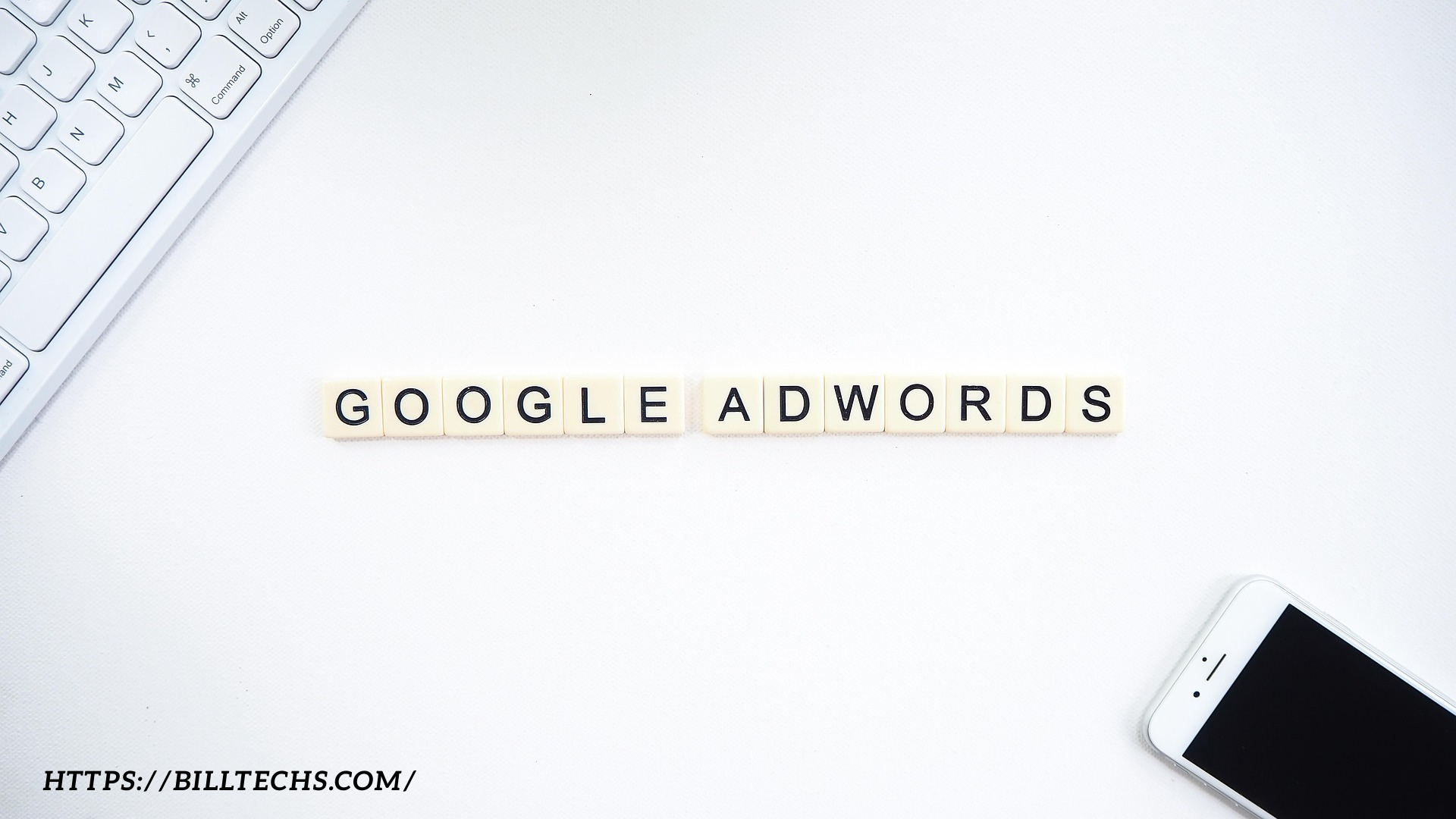Google Ads is a pay-per-click advertising platform. You can easily create text ads, display and mobile ads.
Crafting effective Google ad copy requires both art and science. Your words only have limited space on search result pages, so they need to make an statement about your business. Here are a few copy principles you should keep in mind while writing ads.
Headline
Your Google Ads headline should be clear and informative in order to attract potential customers, so it should contain relevant keywords, highlight benefits of your product or service, create urgency among potential buyers and be different than competing ads.
Google Ads allows up to 30 characters for headlines on its platform, so ensure your message is short and direct. Also use proper capitalization and punctuation (avoid excessive punctuation or all caps as this can come across as capitalization and punctuation where applicable and consider including emojis or logographs in your headlines as these can draw attention quickly and help convey messages quickly.
Your headlines should also serve to emphasize specific features of your product or service that set it apart from competitors, while including an offer or call to action phrase that encourages users to click your ad. Finally, don’t forget to include your display URL for maximum exposure on search engine result pages!
Writing compelling headlines is an art, and finding the balance of intrigue and precision takes practice and time – but when done successfully it can make all the difference when it comes to reaching target audiences and increasing conversions.
Description
Google Ads gives marketers many ways to bring awareness to their products, services and websites using text ads, image or display ads and mobile ads. When writing clickable ad copy that attracts clicks, marketers must strike an effective balance between art and science when writing copy for search engine results pages; any inaccuracy in writing this copy could make or break its effectiveness.
Ad copy that matches keywords searched by potential customers can be an effective strategy for creating engaging ad copy and can help businesses attract highly-interested prospects who want what they have to offer. But keywords used must also reflect your product offerings and marketing campaigns in a meaningful manner.
Ad copy should also clearly define what people will find when they visit a website, especially for businesses that offer multiple product offerings such as E-commerce stores or law firms with multiple product lines or service offerings. In such instances, separate ad groups for each product line or service offering should be created so each ad can focus on key aspects of its brand while using sitelink assets to redirect traffic towards specific landing pages.
Conversions
Conversions refer to any meaningful action a user takes after seeing your ad, such as phone calls, website clicks, app downloads or any other goal you set. Google Ads keeps an overview of completed conversions and shows you which ads contributed towards them.
An effective way to optimize conversion tracking is by adding a Google Tag on the page where your conversion data should appear, then passing that data through Google Ads in All Conversions tab. To set up your tag, choose Ad Conversion Tracking option in Google Tag Manager, create desired type of tag and enter Ad Conversion ID/Label accordingly.
Use this tab to set your view-through conversion window – how long Google counts as a conversion after someone has seen your ad but not clicked it – making this useful for businesses relying on repeat business.
Another way you can enhance your Google Ads copy is to ensure it focuses on meeting the needs of your target audience. Doing this will set you apart from competitors while increasing conversions from visitors into customers. A key to writing effective copy is understanding what prospects want and how your product or service can solve their problems.
Keywords
Keywords are words or phrases that cause Google Ads ads to display when potential customers search for specific terms. Selecting appropriate keywords will enable your business to reach customers at just the right time and place.
Assuming you own a hair salon, your goal should be to connect with prospective clients when they search for services like “haircut near me” or “best haircut,” while targeting keywords like “how to color my hair” or “hair salon jobs” may attract users whose search intent does not align with those you provide (or don’t fit with their search intent).
When you select a keyword, the search engine automatically auctions it and bids against other advertisers to see which advertisements will show up in response to user searches. Ads are then ranked according to quality and relevancy – with those offering the best service gaining priority placements.
Your Ad Rank is determined by a variety of factors, including click-through rates and quality scores. Click-through rates indicate how often users click your ads while quality scores measure their experience when clicking your ad, including landing page experiences.
Use Google Ads Keyword Planner’s free Keyword Planner tool to discover new keywords and gain ideas for ad copy, view competitor keywords to identify opportunities for improving ad performance, as well as learn how much to bid per keyword to beat out competition.
